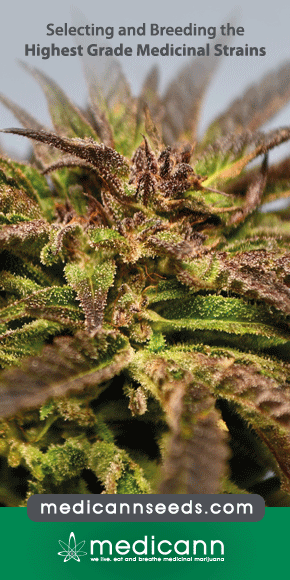Medicinal Cannabis in Pregnancy – Panacea or Noxious Weed?
The use of medicinal cannabis has been the subject of enabling legislation in Australia since 2016. At present the medical profession has not supported its use for anything but a few indications which include paediatric treatment-resistant epilepsy (especially Dravet’s syndrome), pain syndromes associated with multiple sclerosis, Parkinson’s disease and chemotherapy-induced nausea. However, in the United States where medicinal cannabis has been legalised in 29 States and Washington DC, nausea is an approved indication in many jurisdictions and this has been followed by widespread use for pregnancy-induced nausea and vomiting.








